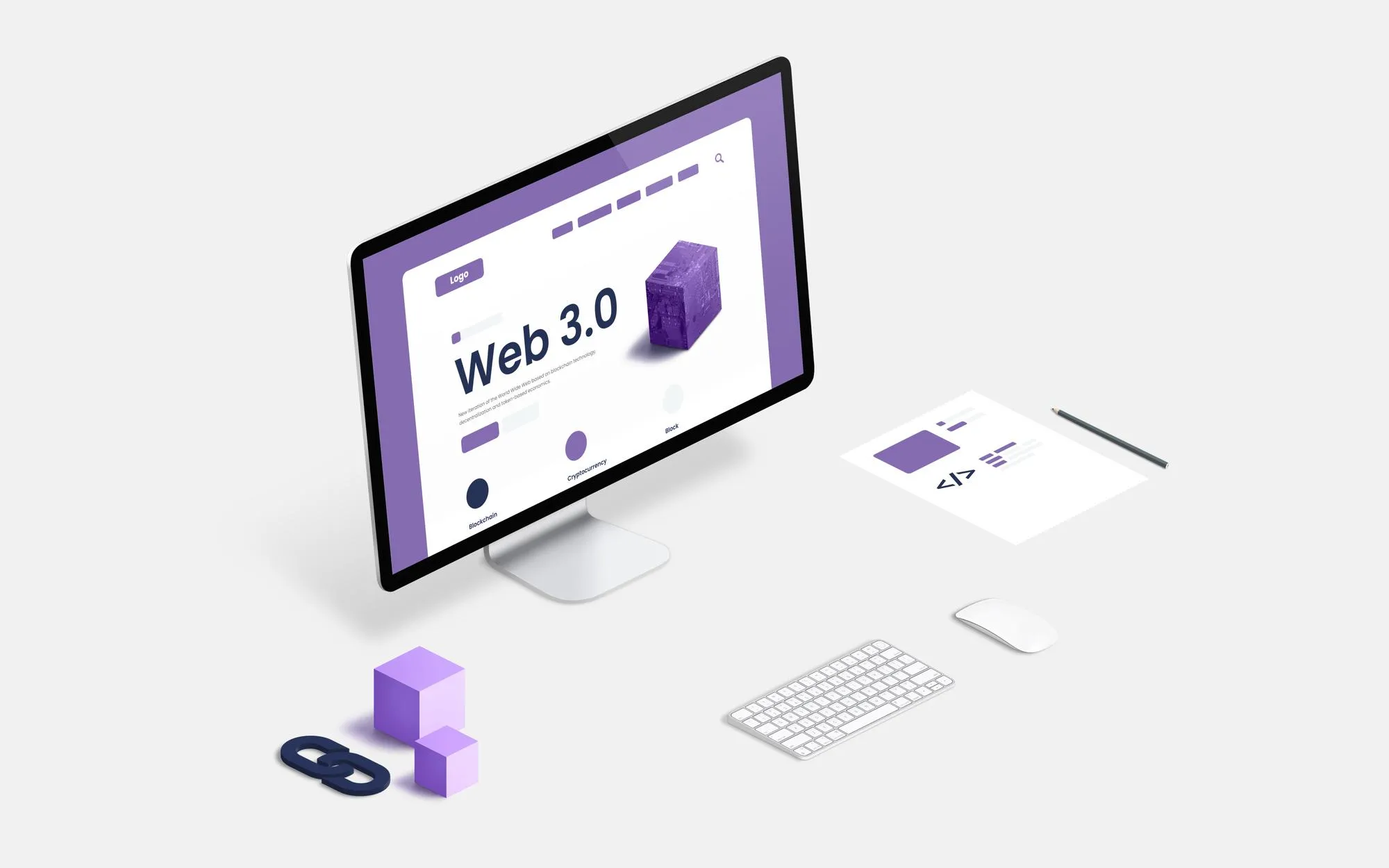Typography is more than just choosing a font; it’s a critical element that shapes how users perceive and interact with your website. From readability to emotional connection, typography has the power to enhance or detract from your website’s user experience (UX). In this article, we’ll explore the profound impact typography has on user experience and share actionable tips to optimize it.
Why Typography Matters in Web Design
Typography affects every aspect of a user’s interaction with your website.
- Readability
Clear and legible text ensures users can easily absorb information without strain. - Emotional Connection
Fonts evoke emotions. A playful font can convey fun, while a serif font reflects professionalism. - Navigation
Proper typography guides users effortlessly through your website, helping them focus on important sections.

Key Typography Elements That Influence UX
1. Font Choice
- Serif Fonts: Great for conveying tradition and reliability. Common in blogs and editorial sites.
- Sans-serif Fonts: Modern and clean, ideal for tech and minimalist designs.
- Display Fonts: Bold and decorative, used sparingly for headings or highlights.
2. Font Size
- Body text should generally be 16px or larger for readability.
- Headings can range from 18px to 32px to create hierarchy.
3. Line Height and Spacing
Adequate line height (1.5x the font size) improves readability. Add generous spacing between lines and paragraphs.
4. Contrast
- Use high contrast between text and background.
- Avoid light grey text on a white background or overly bright colors that strain the eyes.
5. Responsive Typography
Ensure fonts adapt seamlessly to various screen sizes for mobile, tablet, and desktop users.
Best Practices for Typography in Web Design
1. Prioritize Readability
Choose fonts and sizes that users can easily read on all devices. Test readability in different lighting conditions.
2. Create a Visual Hierarchy
- Use larger fonts for headings to grab attention.
- Employ subheadings and bullet points for better skimmability.
3. Limit Font Styles
Stick to 2-3 font families across your site to maintain consistency.
4. Use Web-Safe Fonts
Web-safe fonts like Arial, Helvetica, or Google Fonts ensure uniformity across devices.
5. Test Typography on Real Users
Conduct A/B testing to determine which typography settings resonate best with your audience.

Common Typography Mistakes to Avoid
- Overusing Fancy Fonts
Decorative fonts may look appealing but can compromise readability. - Inconsistent Font Usage
Using too many font styles creates a disjointed appearance. - Ignoring Mobile Optimization
Typography that looks great on a desktop might fail on a mobile device.
The Role of Typography in Building Trust
Typography conveys subtle cues about your brand’s credibility.
- Professional Fonts: Builds trust and encourages users to stay longer.
- Sloppy Typography: Creates a negative impression, leading to higher bounce rates.
Conclusion
Typography is a vital aspect of web design that directly impacts user experience. By focusing on readability, consistency, and responsive design, you can create a visually appealing website that keeps users engaged. Remember, great typography isn’t just about aesthetics—it’s about delivering your message effectively and leaving a lasting impression.

